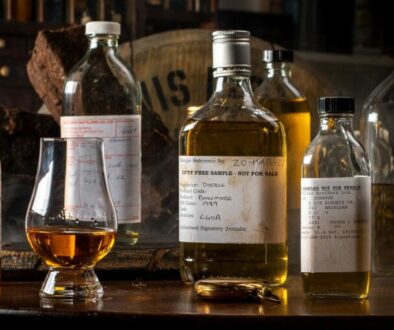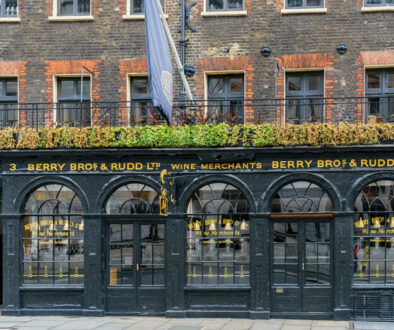In 15 years experience at auctioneering, Mark Littler has often found that sellers poorly understand when and how to set a reserve. Here we run through the psychology of bidding at auction and how a reserve affects this process.

A common mistake we see is sellers mistakenly presuming that a reserve should be set at the minimum selling price and as a result end up setting the reserve too high. For example if a bottle has recently sold for between £4,000-£6,000 they would set the reserve at £4,000, which is likely to be far too high.
While a reserve is usually set to stop the bottle from selling too low, somewhat counterintuitively, if it is set too high and too close to the expected hammer price then it can actually stop the item from selling at all. Or just as negatively, a poorly set reserve can reduce the eventual hammer price.

The Psychology of Bidding
The psychology behind auctions is an interesting one, and both studies and Mark’s experience as an auctioneer show that reserves must be handled carefully in order to not put bidders off.
When a potential buyer places a bid and it is accepted, their psychological response is one of ownership. This means that if another bidder outbids them they experience loss and so they become more likely to bid again. The other bidder also experiences these feelings of ownership then loss and may bid again, and as such a bidding battle can begin that is likely to drive the bottle up to the expected hammer price.
Conversely if a reserve is set, and is set too high, when a bidder enters a bid and is informed that the reserve has not been met they experience despondency rather than ownership. If the reserve is repeatedly not met then they may give up entering bids before their budget has even been met. The effects of this are two fold; either the reserve will not be met and the item will not be sold, or if the reserve is eventually met then you are down a buyer and there is no way to drive prices higher resulting in a lower eventual hammer price.

So how do you set a reserve?
Setting a reserve is a tricky process as it must balance the needs of the seller with the psychology of the bidder.
From selling hundreds of thousands of bottles at auction, and from years behind the rostrum Mark Littler has found that usually not setting a reserve is the most beneficial way to sell a bottle. In turn when Mark is selling his own bottles he never sets a reserve.
Clearly in some cases sellers want to protect their interests or a reserve needs to be set. If you must set a reserve set it realistically and ideally as low as you can or 30% to 40% below the average recent hammer prices e.g. if the average hammer price is £4,000 then set the reserve at £2,800 or less.
How to sell at auction
- Sell with a reputable specialist auction house with a proven track record with these bottles and will do them justice with photography etc.
- If you must set a reserve set it realistically and ideally as low as you can or 30% to 40% below the average recent hammer prices e.g. if the average hammer price is £4,000 then set the reserve at £2,800 or less.
- If you are able to then consider not setting a reserve as in our experience this is the most successful way to sell.
If you would like more information or to talk to some about selling your bottles then please get in touch, you can send us an email to [email protected].



